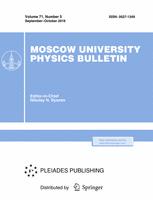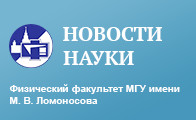The effect of an electrostatic field on the translational motion of dislocations attendant to ultrasonic vibration is investigated. Moving dislocations were produced in an KC1 crystal by indentation and were detected by repeated etching. It follows from the experiments that the combined effect of the electrical and acoustic fields is not equivalent to the effect due to separate application of these fields. Upon combined application of both fields the number of moving dislocations and the mean length of rim rays in the dislocation rosettes is greater than upon application of only the ultrasonic field. Analysis of results shows that the electrical field increases path length and number of the moved dislocations, but has little effect on the starting stresses of translational motion of dislocations.
Faculty of Physics, Moscow State University, Leninskie Gory, Moscow, 119992, Russia.



